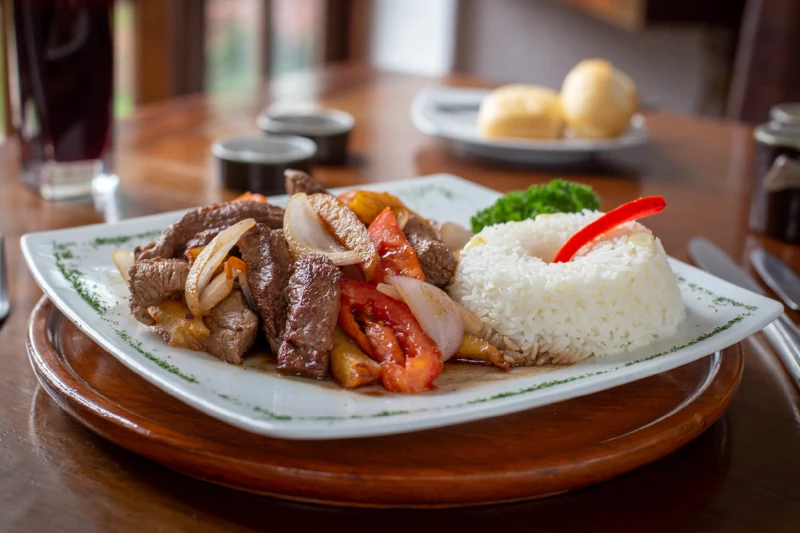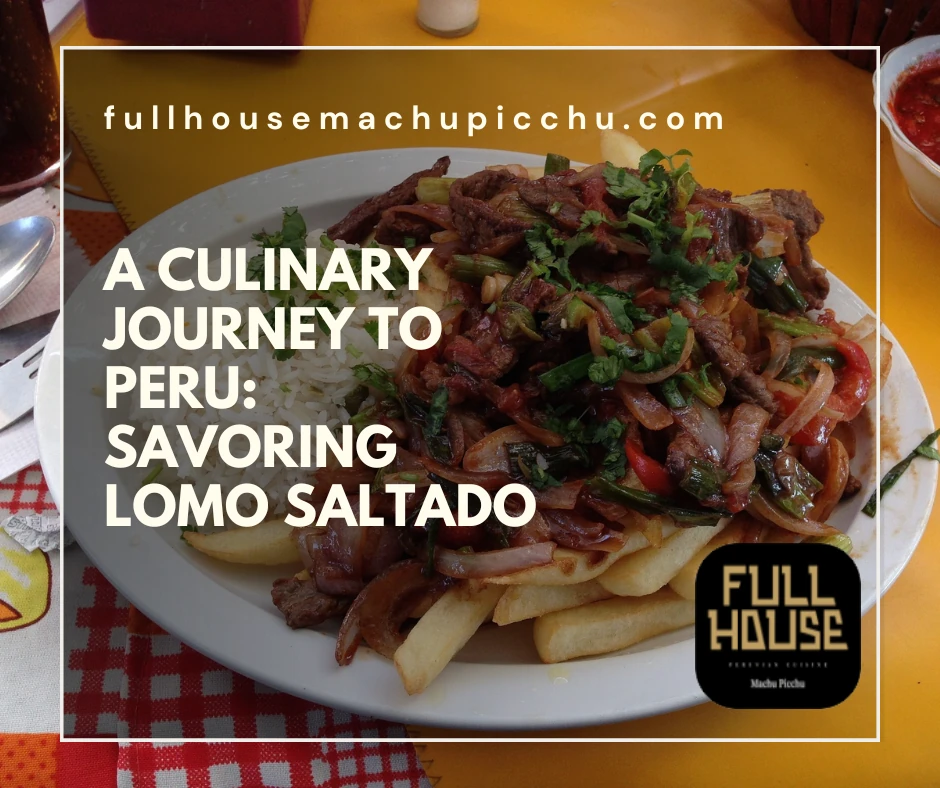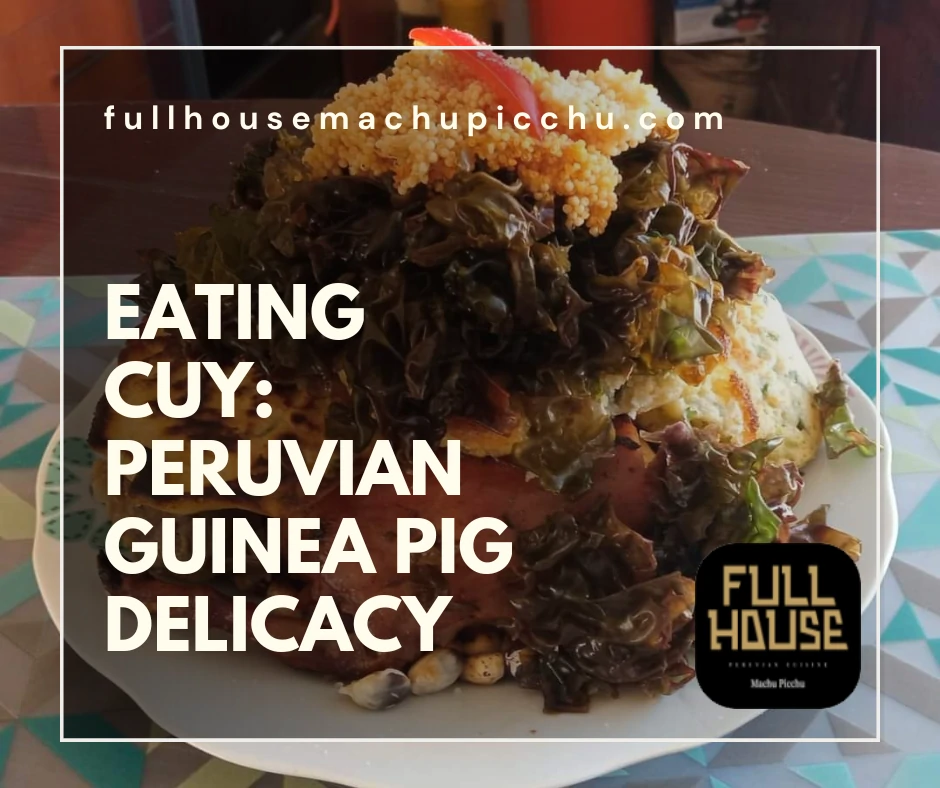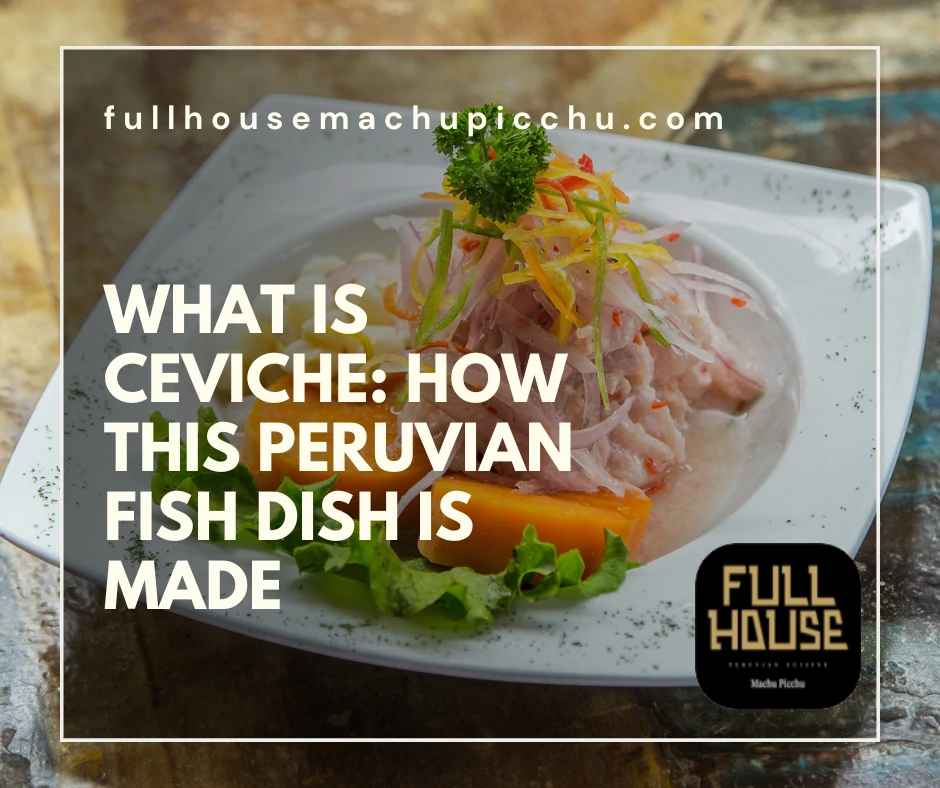In the realm of international cuisine, few countries are as richly diverse and deliciously unique as Peru. Its vast landscape, stretching from the stunning Pacific coastline to the Andean highlands, offers a bounty of flavors that marry ancient traditions with contemporary gastronomy. One such marvel that has put Peru on the global culinary map is Lomo Saltado, a humble yet exquisite dish that tells a story of history, culture, and fusion. In this article, we invite you to embark on a culinary journey to the heart of Peru, to savor the vibrant, savory delight that is Lomo Saltado.
This journey goes beyond the ingredients, preparation, and taste, delving into the essence of what makes this dish an integral part of Peru’s cultural identity. From the bustling streets of Lima to the mountainous terraces of Cusco, we’ll explore the myriad interpretations of this delightful dish, and show you how its rich history and multicultural influences continue to shape the food landscape of Peru.
From ancient origins to modern tables: The history of Lomo Saltado
In the vibrant tapestry of Peruvian cuisine, Lomo Saltado holds a special place. Its roots lie in ancient Andean traditions. Indigenous populations revered the potato, a fundamental ingredient in the dish. However, the true essence of Lomo Saltado is in its fusion.
Around the mid-19th century, Chinese immigrants arrived in Peru. They brought with them an entirely new culinary approach. Their cooking techniques mixed with local ingredients resulted in a new cuisine. Lomo Saltado is a perfect representative of this unique culinary hybrid.
The name “Lomo Saltado” translates to “jumped loin”. This name denotes the technique of stir-frying the ingredients. The dish traditionally consists of beef loin strips, tomatoes, onions, and of course, the Peruvian staple, potatoes.
What sets this Peruvian dish is its cooking process. The ingredients are stir-fried over high heat. They are quickly tossed in a wok, much like Chinese stir-fry. This process infuses the dish with a tantalizing smoky flavor.
The integration of soy sauce, another element brought by Chinese immigrants, adds to its depth. The sauce beautifully amalgamates the ingredients. It creates a savory union of East and West.
Present-day Lomo Saltado truly embodies Peruvian fusion cuisine. It represents a harmonious blend of cultures. From the Chinese wok to the Peruvian Andes, the journey of Lomo Saltado is truly fascinating.
In a modern context, Lomo Saltado is seen as a national dish. It is cherished from Lima’s bustling streets to the serene Andean highlands. Its enduring popularity is a testament to Peru’s culinary heritage and adaptability.
Thus, Lomo Saltado tells a compelling tale. It is a story of cultural exchange, unity, and the power of food in bridging diverse worlds.
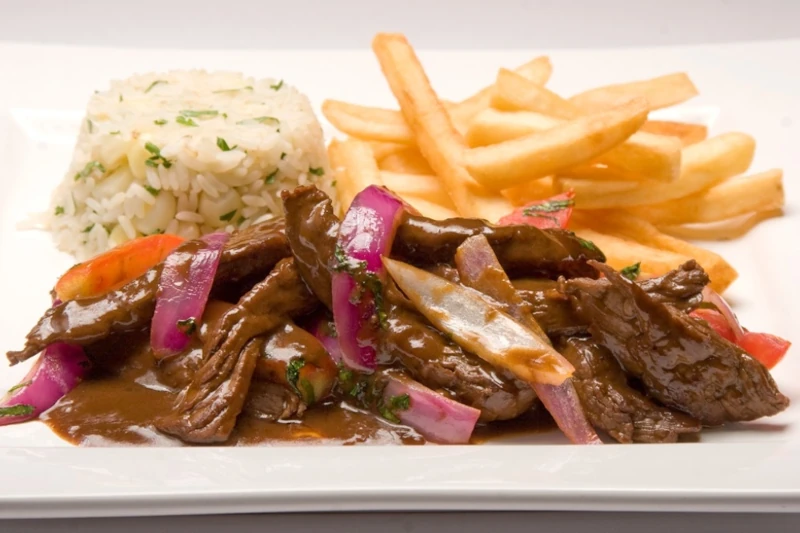
Savoring the flavors of This Traditional Dish
Lomo Saltado is a sensory celebration, a dish that tantalizes the taste buds with its rich flavors. The very first bite takes you on a culinary journey. It begins with the robust taste of the tender beef. Stir-fried to perfection, the meat carries a delicate smoky aroma, imparting an irresistible savoriness.
Next, the freshness of the tomatoes and onions invades your palate. Their sweet and tangy flavors create a beautiful contrast with the beef. These vegetables also add a delightful crunch, enhancing the overall texture. The entire dish is brought together by a dash of soy sauce. It’s a nod to the dish’s Chifa origins and adds an unmistakable umami flavor.
But this Peruvian dish isn’t complete without its two distinct accompaniments. The first is a serving of fluffy white rice. It plays the role of a modest companion, balancing out the strong flavors. The rice gently absorbs the sauce, creating a harmonious medley in your mouth.
The second accompaniment is the golden, crispy fries made from Peru’s iconic potatoes. They introduce an element of comfort food into this elegant dish. The fries are often enjoyed dipped into the sauce, making them an integral part of the flavor profile.
A side of Peruvian corn, known as ‘choclo,’ is sometimes added. Its large, chewy kernels offer a sweet counterpoint, further amplifying the dish’s complexity. This culinary gem, much like Peru itself, is a blend of contrasting yet complementary elements.
Eating Lomo Saltado is much more than just a meal; it’s an adventure. Each ingredient tells a story, each bite a revelation of Peru’s rich culinary landscape. Savoring Lomo Saltado is, indeed, like tasting the soul of Peru.
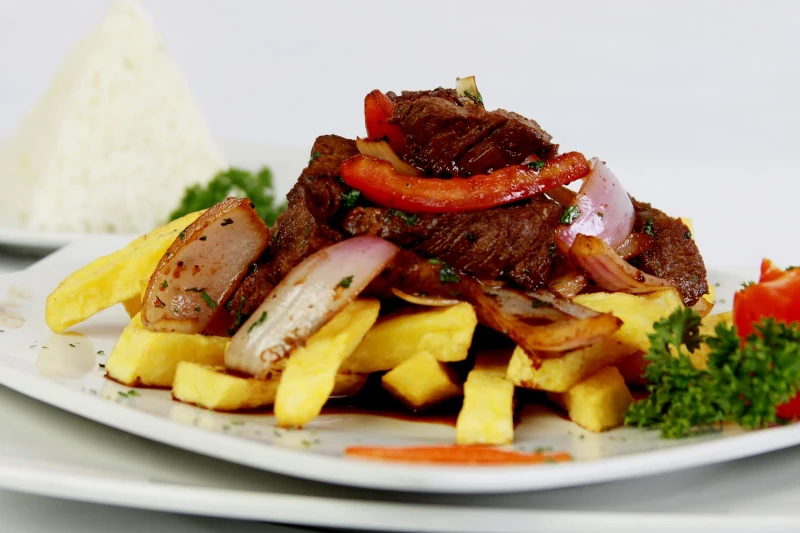
Regional variations and contemporary interpretations
Lomo Saltado is a versatile dish that mirrors Peru’s diverse culinary regions. Each area adds its unique twist to the traditional recipe, reflecting local tastes and ingredients. Let’s embark on a journey to discover these regional variations and contemporary interpretations of Lomo Saltado.
Journeying towards the Amazon region, the dish adopts a tropical flair. Here, jungle fruits sometimes replace tomatoes and onions. This unconventional twist showcases the Amazon’s bountiful fruits, infusing a sweet note into the savory dish.
Meanwhile, in the coastal city of Lima, seafood often stars in this Peruvian dish. Shrimp or calamari substitute the traditional beef. This rendition pays homage to the city’s rich marine bounty and love for seafood.
In the highlands of Cusco, you may find Lomo Saltado paired with quinoa instead of rice. This wholesome grain is a staple in the Andean diet. The quinoa lends a nutty flavor and a unique texture to the dish.
Contemporary chefs are also reinterpreting Lomo Saltado, pushing the boundaries of traditional Peruvian cuisine. Some are experimenting with ingredients like duck breast, adding new dimensions of flavor. Others are deconstructing the dish, presenting it in a modern, visually striking manner.
These variations of this Peruvian dish reveal the rich tapestry of Peru’s culinary landscape. They showcase how one dish can take on many forms, adapting to local flavors and modern gastronomic trends. Exploring Peru through Lomo Saltado is indeed a culinary adventure, one that spans from the traditional to the contemporary.
